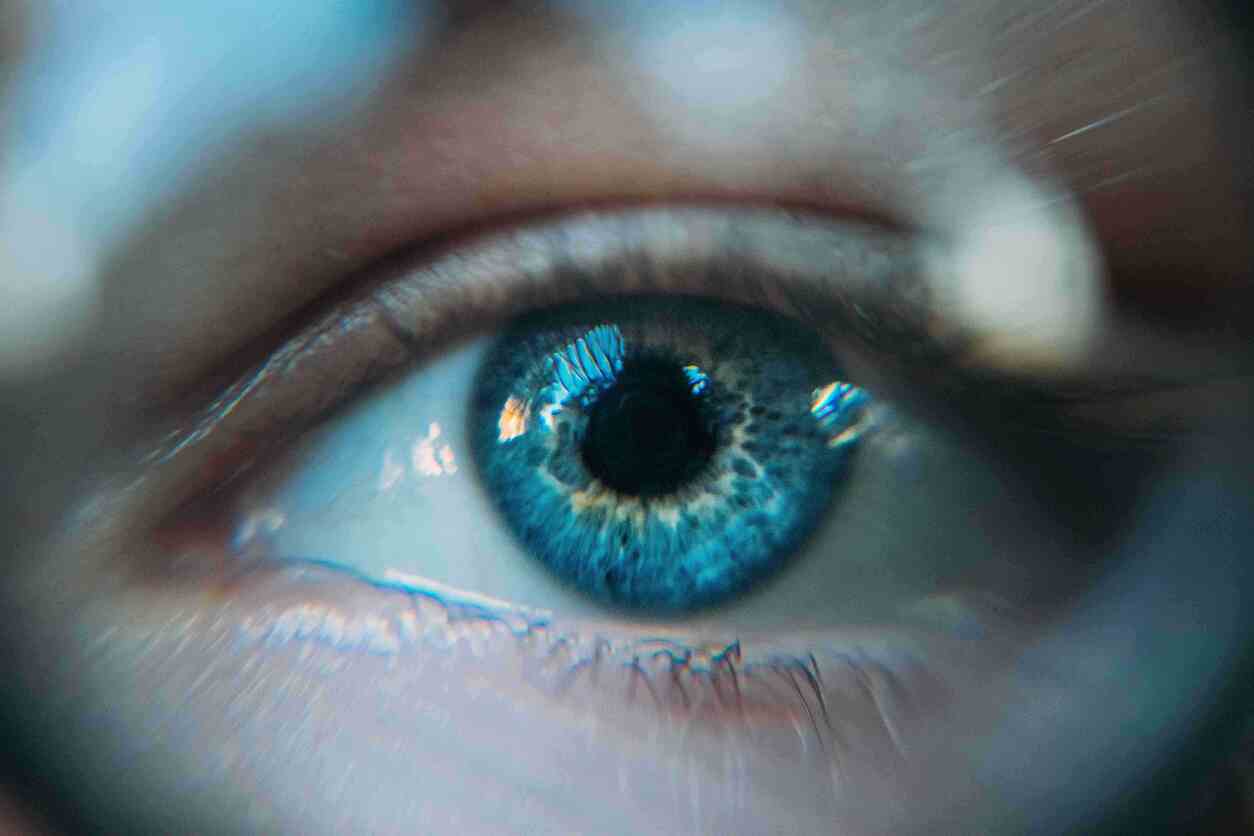
Okay, so I am taking a course called AIDP this upcoming term. Per the faculty newsletter, “…companies are awash in customer data. They are leveraging powerful and state-of-the-art methods to gain insights from that data. However, in the absence of regulations and clear regulatory norms, firms find it challenging to decipher what qualifies as reasonable use and then act in the best interest of their customers.”
It turns out that companies are not the only ones leveraging user data. Educational institutions such as IIM Ahmedabad are also using them actively. In fact, I had a funny experience this morning around the issue. We had our academic registration for term four today. In addition to that, since we could not complete our admission formalities last year because of constraints imposed due to the pandemic, we also had our biometric verification today as a part of the admissions process.
After waiting for about an hour for my turn, I showed up at a booth for my biometric verification. The central idea is to capture my iris scan and then verify that with the iris scan I provided during the CAT exam in 2020. Hence, proving that I am indeed who I claim to be. Sounds simple, right? Not quite. At least not in my case. The scan said that the data did not match. It took quite some time to sort out the issue, with a few funny incidents.
The person who captured my iris data said, “nahin ho raha match, ankhen bada kariye.” The scan is not matching; widen your eyes. I couldn’t help but smile at that advice. I flat out told him, “yehi hai jo hai isse bada nahin ho sakta.” This is all I’ve got; my eyes are small, and I can’t widen them. Then he asked me to clean my eyes, which seemed very out of place because I had just taken a proper shower and washed my face quite well just an hour ago before showing up in the classroom. Of course, cleaning my eyes did not help.
Then I went to another booth, and the same problem persisted there. Then the second person asked me to pose my eyes as I did during CAT two years ago. Of course, I asked, “Are you serious? How am I supposed to remember which way I was looking two years back?” As if on reflex, I immediately went, “aapka system toh kaafi hi ghatiya hai.” Your system is crap. He said, “nahin nahin.” No, no. A few more attempts later, the system worked and showed that the current iris matches 92.69% to that two years ago. Wow, I’m really aging, huh!
Anyway, I’m not crying foul play or blaming those officials for doing their job. However, I think it is important to take note of a few things here and think about what their implications might be.
I think the software vendor trained the underlying system on a dataset of eyes that did not have eyes that looked like mine. Hence, it worked incredibly well for people whose eyes looked similar to those the company trained on. I remember facing a similar issue when providing my iris scan during the CAT exam. People before me had a seamless experience while they had to retake multiple scans for me. I would not like to think that there is something wrong with my iris because that is how I was born. LMAO. Maybe the system needs to be more inclusive and include a sample of eyes that looks more like mine in the dataset.
There are far-fetched implications of systems such as the one I described, the least of which is its time-wasting part. On a more nuanced note, imagine the same system being used to verify beneficiaries of different schemes. If someone ran into an issue like the one I described above, they could lose out on the scheme’s benefits, just like that. If law enforcement agencies used that same system in the criminal justice system, it would be disastrous!
Maybe the AIDP course would get into some aspects of the importance of the responsible use of newer technologies and what it might mean for businesses and users alike. I don’t think my experience with the system was unique. If you surveyed the whole country, you would probably find thousands of cases like that. As you can imagine, I’m excited about the course content and the class discussions that would happen. Perhaps the experience could be a good CP point during some sessions, haha!
Update: I liked the course. The highlights of the course were the guest lectures that the Professor invited. If you’re a student at IIMA, I highly recommend that you take the course. Overall the course is a 4.33/4.33 for me. gg, boys!
Newsletter
Subscribe to receive an update as soon as I write something new.
Got something to say? You can send a reply. You may also buy me a coffee by clicking on the cup on your screen. Thanks!
